An important next step in transitioning from FILM to DIGITAL CINEMA: FilmConvert
I love film.
Most of us love film.
In fact when I told my father I wanted to follow in his footsteps and become a photographer (my father was a photographer for Gamma Press, and then the Director of Photography and principle photographer for Premiere Magazine in France) more than 22 years ago – he was so against the idea, that he sent me to the 3 consecutive darkrooms over 3 summers, to try to dissuade me from my career choice…
The first summer was spent in a black and white darkroom with one of the top french master printers, named Guy Ben… the next summer was C-41 and C-41 printing… the last was at an E-6 lab, where I learned to process the film, and also Cibachrome printing… after 3 summers, he finally gave me his blessing because his efforts to dissuade me had failed…
These days, I hate to say it, but I do get frustrated when I see the Kodak ads in film trade publications. Not because I think they are wrong or irrelevant. But because I feel like they’re not only losing sight of the bigger picture (and the inevitable realities) but also ignoring the potential of what is truly out there…
There is no arguing that film gives you an incredible image that in most cases far exceeds what can be accomplished with a digital sensor (notably when it comes to highlight retention… However – when you look into the shadows, or into high ISO cinematography… it’s hard to argue against digital cinema cameras.)
At the end of the day however, I get frustrated for the following reason: there is no arguing that film has a unique quality. One that in some ways CAN’T be matched by most digital sensors TODAY.
BUT – I am absolutely convinced that in the coming years, that will all change. I am convinced that digital sensors will come to exceed the dynamic range of celluloid in time… and that it is in every DP’s interest to focus on learning how to best master the emerging (and future) technology (namely digital sensors) – as opposed to fighting what I consider to be a lost battle, in trying to clench onto their (completely justifiable) love of film.
In fact, what threatens the future of motion picture film the most has little to do with what stock of film (vs digital) is being shot on set… what in fact is threatening motion picture’s film the most is the fact that the industry has moved to DCP (Digital Cinema projections – or delivering films to theaters on hard drives, as opposed to film reels) and to that point, the fact that movies are no longer being distributed in an analog form. In short: film prints are no longer being made and shipped out to theaters across the globe – and THAT is what will in the end seal celluloid’s fate.. Hard Drives have won… as has digital distribution.
If you’re interested in seeing a cool film about the transition from analog to digital – you should check out the documentary "Side by Side" – many of the top filmmakers such as Nolan, Scorsese, and Pfister (he’s now directing his first major feature so he more than qualifies) have some pretty fantastic quotes.
Another key point for me has always been that there is a lot of incredible technology out there that will allow you to make a RED Epic, Arri Alexa, or Canon C300 look JUST LIKE FILM (or at least very darn close to it!)
In fact it’s gotten relatively easy to shoot a raw digital cinema negative, and to make it look like any Kodak cinema stock, still photography stock, or black and white emulsion – AFTER THE FACT. And that should be extremely exciting for filmmakers out there. You can now cycle through a bevy of films stocks AFTER you shoot… as opposed to being locked into the film stock you chose to shoot your original shot with… let alone the process you chose to process it with chemically.
With that said: in comes FilmConvert !
FilmConvert is a plugin for After Effects, Premiere, Final Cut Pro, and Apple Motion as well as a stand alone application, that is used to to approximate the look of different film stocks with footage shot on a variety of digital cameras.
While everyone is increasingly shooting digital these days, often times different film stocks have desirable qualities which filmmakers will try to achieve through grading in post. And for that you often need a pretty darn good colorist.
FilmConvert helps to bridge that process. Essentially the plugin recreates the look of grain structure, color curves, and printer spectral responses from a variety of pre-existing stocks from Kodak to FujiFilm.
But this is no ordinary "film-look" plugin. Rubber Monkey, who developed the software, recorded various color charts on different stocks of film and then mapped the qualities of various HD sensors to those charts which is an incredibly important distinction that separates it, from many of the other plugins out there.
Instead of throwing a simple curve on the image to approximate the look of "film", FilmConvert accurately shifts the values of the image based on the sensor you shot, and intelligently converts the colors that sensor captured, to the type of film stock you choose to emulate. In other words – they know not only how your individual sensor "sees" or captures a particular color, but just as importantly how each film stock would "see" or render that same color – AND HOW THE TWO CORRESPOND!
You can see example images and one of the color charts that they shot HERE.
The plugin also recreates grain structures that are specific to each stock of film. Most plugins that apply film grain to your image take a scanned piece of grain and then layer it evenly over the entire image. However, this does not provide a true, filmic grain structure.
On film, grain is more or less intense depending on the color and luminosity. For example – there is less visible grain as an image approaches black, because that is where the negative is the densest, and there is more visible grain at 80% white than at pure white. Or for instance there is more grain in the blue channel of a tungsten stock film (don’t forget that speed and white balance can’t be changed on a film camera, these setting are dependent on stock) because the blue layer of the emulsion has a higher light sensitivity (higher ISO) than the red or green layer. FilmConvert takes all of this into account based on whatever stock you choose to emulate. This is incredible attention to detail.
But still my favorite aspect of FilmConvert is how it processes color, as explained above.
Digital cameras have the resolution (and often exceed) of film, and in general continue to close the gap towards matching its dynamic range. Digital cinema frames are progressively scanned (24p rather than 23.97), they have the same depth of field attributes as a 35mm film plane – and still people often complain about the images looking digital.
So while all these other qualities of the "film-look" have been achieved by today’s digital cameras, we still aren’t getting the same color out of our images as we would with motion picture film.
Of course there is RAW color now when using cameras like RED Epic or BMCC, but unless you have the budget of a huge Hollywood movie and/or are a master colorist – you will have no idea where to push the colors in your image so that you can achieve these looks. This is perhaps most noticeable in skin tones (see video above), but can also be noticed in sky color and saturation, and trees and foliage (the guys at Rubber Monkey pointed out to me that trees shot on digital are very green and saturated, closer to RGB green, but trees on film tend to have more yellow in them).
Naturally, the plugin works best with RAW footage, as there is the most information there for it to manipulate, but there is also a Standard version meant to work with your DSLRs ($99). That version has 8 film stocks and can output a 1080p image. Of course the RAW market has really opened up by the release of the Black Magic Cinema Camera, so many will want to check out the Pro Version, which works with RAW, has 19 film stocks, and can output up to 4k.
Check out the video above to see some examples of FilmConvert being used on some RED EPIC footage from our MotoArt shoot, and below check out some frame grabs from the Canon 5D MKII that show what the different stock looks can do for your footage in terms of color and grain structure (full res available by clicking the image).
And you can of course head over to their home page for more examples and to pick up your copy of the plugin.
I think this is a very worthwhile plugin for most of you to own as part of your digital arsenal. And just as importantly – I thin that this kind of technology will help us bridge the gap between celluloid, and digital as we move forward towards fully adopting digital capture.
Once you apply the look of our favorite film stocks, their behavior to color and light and notably their grain structure… I think people will find that future digital sensor will offer us three possibilities in the coming years: 1. the ability to match and emulate the film stocks and "feel" or looks we have become accustomed to with different film stocks. 2. the ability to change and cycle through a variety of film stocks in post – based on a digital master. 3. the ability to create images we’ve yet to see, based on future sensors with latitudes that will someday (in my opinion undoubtedly) exceed what film could ever accomplish.
Click below to see a full resolution image (based on a far from perfect original…shot on a prototype 5D MKII in 2008, and see how Film Convert applies different looks and film structures to the image.
P.S.: If you’ve found this article informative, not to mention the video, kindly consider using Vimeo’s new "Tip Jar" function by clicking on the following link, to contribute to future articles and videos like this… thanks!)
Original 5D (click for full resolution):
KODAK TrX 400 50% Grain (click for full resolution):
FUJI Velv 100 – 50% Grain (click for full resolution)
FUJI E553 ET 50% Grain (click for full resolution):
FUJI 8543 VD 50% Grain (click for full resolution):

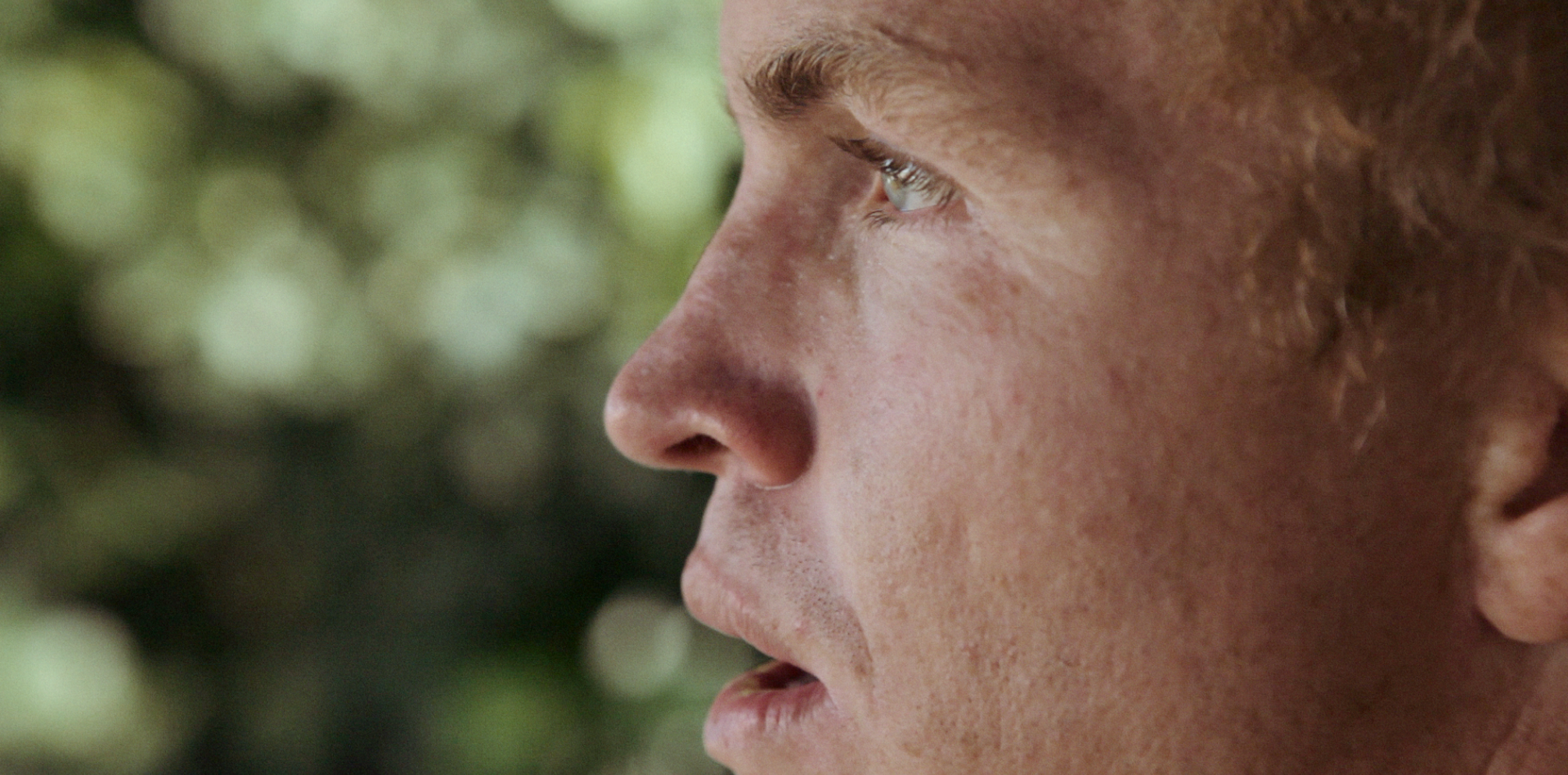
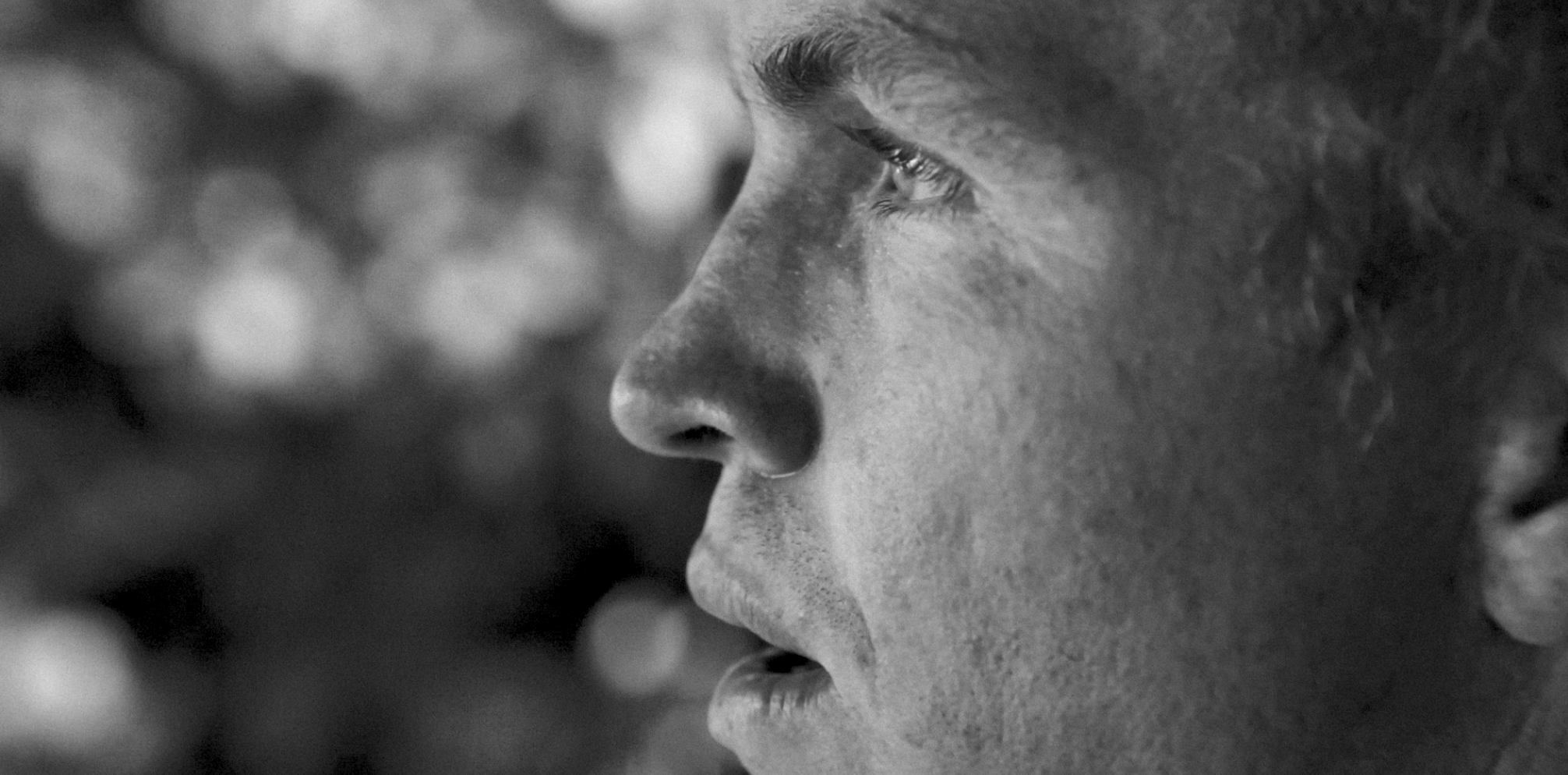

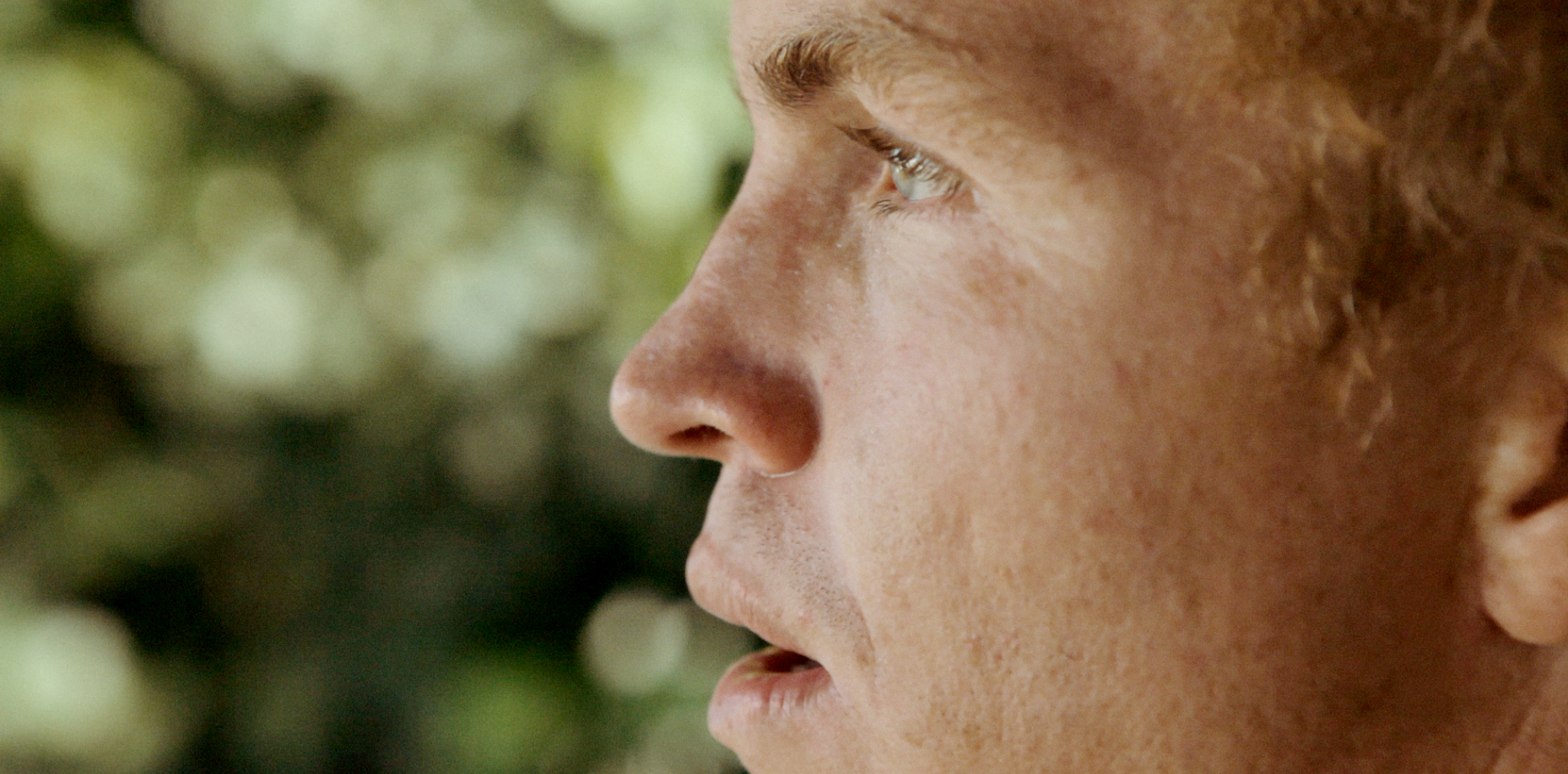
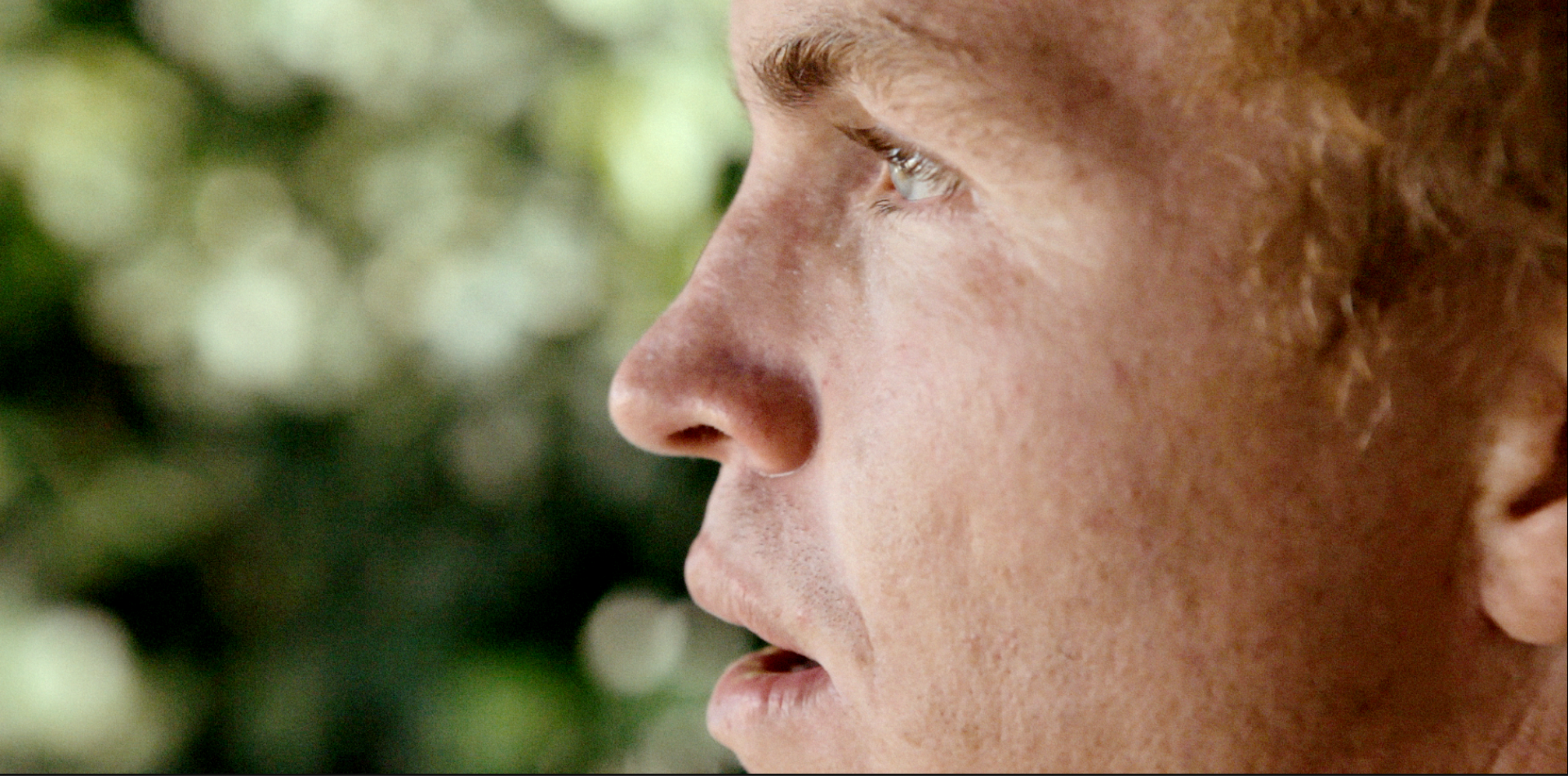
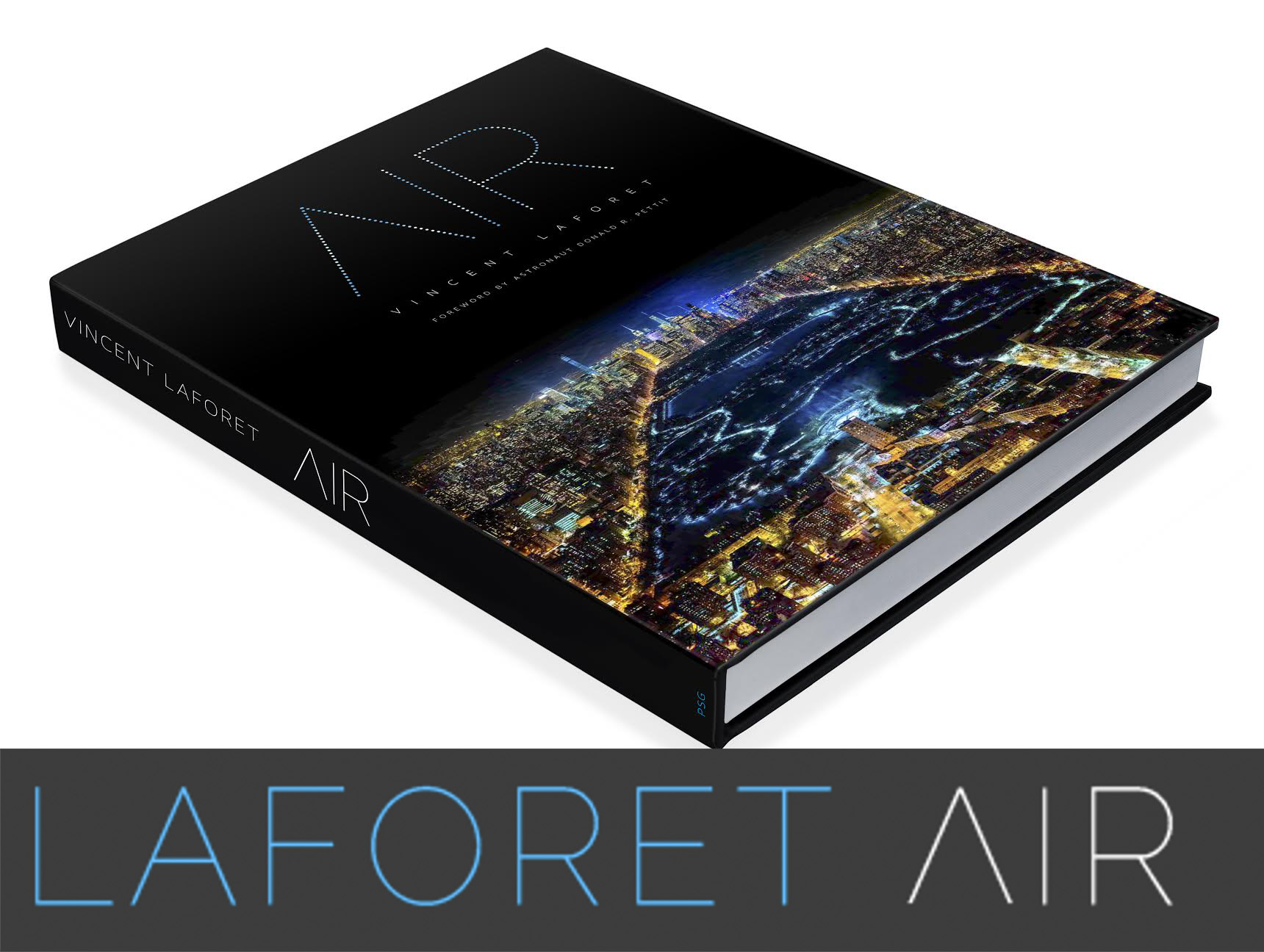
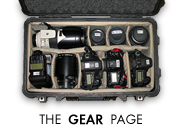


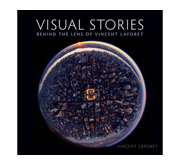







How does this compare in your opinion, to plug ins like fine grain, and regrain?ro
I think this is a great start for grading presets and why not also have them as Picture Profiles too for compressed video out put.
to say we live in exciting times is a massive understatement, I got my 5d in october 2008 and went omg look at that video. As a life long pro news photographer and now film maker etc I am thrilled to see those film types in this plug in. Tri x, god we loved our tri x , 8 mins dev time at 400 but then we pushed it and printed on high grades of paper, those were the days, to be able to convert my next short film to the Tri x look is kinda weird and exciting at the same time. Maybe I won’t buy the GH3 will stick to the venerable 5d and use these film types!!
Rod Hardinge. Australia
I never liked this…
And the different sensors/companies are todays equivalent of different filmstock. I would say a RED Epic has got a much more digital feel (which is not necessarly a bad thing, David Fincher movies looked quite digital even when he still shot on film) and the Alexa looks much more natural.
But this digital film effect is just like those awful instagram filters. If you want the real deal – get the real thong!
I mean, what is next? A plugin that will procedurally generate scratches and flickering from very old movie reels? (Instead of what a lot of vimeo-people do today, overlaying black scans of old film reels…)
Vincent Laforet Reply:
September 20th, 2012 at 9:05 am
Grumpy 😉
Click for full resolution not working on 9/20/12 @ 9:15am EDT
I grew up in my father’s darkroom too, and spent time in my uncle’s darkroom who was a professional. I grew to love Kodachrome and Fuji for their individual characteristics, not to mention the Tri-X I filled my bulk loader with and developed in my own darkroom. Most gen-Xers and younger will not understand this post. Nor will they sense the void left behind when film disappears entirely.
Of course digital has opened up new worlds, but we need to wave goodbye to film as it disappears from our rear view mirror. Much like the images of my grandparents who will never wave goodbye to me again, film for me will be gone, but not forgotten. FilmConvert will be a way to keep the memories alive.
Interesting. I’m going to check this plugin out.
Did you see “Side By Side”? It was interesting how every director (including veterans Scorsese, and Lynch) were fans of digital, except for Christopher Nolan and Wally Pfister. They were holding a grudge it seemed.
Vincent Laforet Reply:
September 20th, 2012 at 10:45 am
I did. I liked the film but didn’t feel I learned anything new… that being said there were some WONDERFUL quotes from Nolan, Pfister, and Scorsese. Christopher and Wally hold no grudge – and I know Wally shoots digital on commercials. They are just trying to fight for a medium they love. And it’s very hard to argue against IMAX shot on film. That is until the IMAX digital projectors project in 5K – not something I’ve seen at any of the theaters I’ve been to…
Hi,
I am trying to decide whether to buy the FilmConvert or the FilmConvert Pro version. Does anyone know which 8 stocks are included in the 99$ version? I couldn’t find this info anywhere.
Looks like a great tool, thanks for posting:-)
Vincent Laforet Reply:
September 20th, 2012 at 10:52 am
Pro is well worth it honestly. What source footage are you working with and in what software?
@Vincent Laforet, No doubt, they are masters. I didn’t know that Pfister used digital on commercials. He made it sound like the enemy. On the opposite end of the spectrum was Steven Soderbergh who seemed to loathe film.
@Vincent Laforet, Haha, yes, I suppose 🙂
@Peter Wiley, All fixed!
What picture profile does your Canon have to be on to get the “correct” results? Ofcourse if you shot on Cinestyle your Velvia Emulation will look quite different compared to shooting on the standard profile.
If its just a matter of “the way you like it”. Why did they go through so much testing to get it perfect ?
This is what I have had problems with when there was(probably still is …) a few stills film emulation plugins for Photoshop/ Lightroom/ Aperture.
There never seemed to be a “standard” starting point for the files and they never worked with RAW which would be the perfect sensor based starting point ….
Any thoughts?
Vincent Laforet Reply:
September 20th, 2012 at 8:18 pm
Let me have the film convert guys chime in
Big fan, Vince. I understand why filmmakers, photographers, and cinematographers in this transition era would find this plugin appealing. But I don’t understand why this post is titled “Important next step in transitioning from FILM to DIGITAL CINEMA,” when it ultimately seems like a step backwards. That’s not saying film technology is inferior or irrelevant; I enjoy exposing a negative like anybody else who appreciates the analog process. But promoting a product that “emulates film” for a professional product isn’t paying homage as much as it is showing the identity crisis associated with the digital era.
You said it yourself, “it’s hard to argue against digital cinema cameras.” The cameras now are making beautiful images, each as valid as being their own film stock (I know you’ve written on this before) and I think they deserve credit to be championed as relevant tools of now. All I’m saying is this product being referred to as “transitional” tool is as misleading as saying Instagram is an essential step in converting to digital still photography. The plugin seems like it is an excellent color correction preset collection; the colors do look spectacular. The name and marketing tagline are the source of my qualm.
I apologize if this ruffles feathers. But I think this is important to mention.
Vincent Laforet Reply:
September 20th, 2012 at 8:18 pm
I think it’s an option – nothing more.. nothing less! I agree with a lot of what you’re saying btw!
Thank you for sharing this Vincent.
I know it took you a long time to let go of your little secret, but thank you, we love you for this type of informations.
You really do us proud:)
And I hope they pay you percentage of their sales!
Without the grain no digital looks nothing but digital, except Arri looks really good without it. But we are mostly DSLR people, and this helps bring soul in to the digital life.
Just saw Dredd tonight and something about the look of it, made me feel warm inside, like I was back in the 80s, even watching in 3D… So this is definitely most important part of color correction I would say
(in my humble personal opinion:)
Vince,
Quick question.
I’ve been following you for a while now and no doubt you are one of the masters of DSLR movie making. Well, you are.
I REALLY need a hospital set for one of the scripts I’m working on and I would like to know where you guys shot CORRIDORS? I really hope it’s a set in LA somewhere, ’cause it would be perfect. And was the corridor part of the same location?
Please let me know. Thanks.
Tim
Vincent Laforet Reply:
September 20th, 2012 at 8:37 pm
Yes it’s in LA – not too far from downtown…looking up call sheet.. can’t find it… more TK
Hi Vincent,
Do you know if FilmConvert plans on releasing a version of their software for still photography? Of course, there are already plug-ins for photography that mimic film, but, this product seems to be in a class of its own.
Vincent Laforet Reply:
September 20th, 2012 at 8:16 pm
Let’s see what they say.. Asking them tomorrow.
@Vincent Laforet, Thanks, I appreciate it.
Bought the Pro version.
Thanks for the info.
Best,
Dailey
@Vincent Laforet, yes, GRUMPY.
@Vincent Laforet, Plug-in for Aperture?
Vincent Laforet Reply:
September 21st, 2012 at 2:59 pm
Nik and onOne have great plugins. This is meant for video.
@Vincent Laforet, I have an FS700 and I am shooting Prores using a Samurai. I am editing in FCP7 so I guess I would be using Filmconvert in the stand alone version. Thanks.
A great read, thanks! Would be cool if you had a FB and Twitter share buttons on article pages. 🙂
Whats the difference between Film Convert and Cinefilm? Cinefilm to me has some amazing tools in it that seem to go above what this does. Have you used both?
Thanks for sharing this, Vincent.
Too bad the movie Side by Side cannot be seen/downloaded in Europe! *sigh*
Great little plug-in they’ve created. I find myself grading most of my material by heavily relying on reference material as a guideline. One of the best places on the web for high quality frame grabs (1080p) from features is http://evanerichards.com/posts.
Granted you might be going for something different with your project, but it’s a great place to start.
First, thank you for the incredible information. Which product would you recommend for color correction in an Adobe Premiere/After effects environment? Film Convert, Magic Bullet, or other? And will you be adding a color correction tutorial to your educational site?
Thank you so much,
Michael
Vincent Laforet Reply:
September 21st, 2012 at 2:57 pm
Magic Bullet is more full featured – Film Convert is really meant to give a film “treatment” to digital. We’ll do some color correction at some point sure.
@Vincent Laforet, I think this is a great question. Would love to know what the Film Convert guys used as a baseline.
I am sorry, but I see no need to emulate film. Why can’t we enjoy digital for digital’s sake. Lower noise, higher ISO’s. We still have 24p, low depth of field (with large sensors), greater lens selection, less expensive, smaller size, weight, instant review and grading in the camera if you want too.
Vincent Laforet Reply:
September 21st, 2012 at 3:30 pm
Some people aren’t as quick to accept change as you are… I agree with you in some ways absolutely.
@Vincent Laforet, Claude, Indeed, we’re working away on a photoshop plugin with all the bells and whistles as we speak, so expect to see something released real soon.
All interesting and valid. But don’t overlook films value as ‘future-proofing.’ As technology advances, as you predict, film has proven a reliable acquisition format to transfer to the higher definition formats as they appear.
Not the last word on this, but just a thought.
Vincent Laforet Reply:
September 21st, 2012 at 3:29 pm
Absolutely agree.. problem is: labs are slowly closing down in LA and everywhere… because very few film-outs are being done any more which is where the bulk of the business was… films are being sent to theaters on hard drives in the DCP format….
I appreciate the effort, but I’m not sure what the point of this plug-in is when Davinci light is free and infinately more powerful. Over the years I have supervised numerous film to tape transfers. Film was more like a Red raw file and open to infinate interpretations regarding look and feel. There was a lot more to be had from color negative then just the highly crushed looks in these presets. Also, grain was never visible on a 35mm transfer. It was just not there. A film to tape transfer utilized power windows as well as secondary corrections to enhance the look. These digital filmstocks are really just a set of premade grades based one grading interpretation of film. You could make a single color negative stock look like any of these grades in a high end . Some of the looks are nice, but they also limit what is possible with raw. Am I missing something?
Vincent Laforet Reply:
September 21st, 2012 at 8:02 pm
DaVinci is an incredible tool. But this is NOT meant to replace DaVinci!!! It’s a DIFFERENT tool – it actually matches what an exact GREEN would look like on each different stock of film with the sensor – it’s not just a curve by any means.
@Lance Lones, Lance, thank you for the reply. That’s great news!
Ah, the darkroom. That quiet, solitary place where time stops in the shadows, lit only with a faint embers red orb of safety. The very sense that made all possible, the eye, reduced to a man going blind as the nose winces with the acrid smell of developer wafting upward, and touch exulted, with the feel of liquid velvet as the hands dip into tray after tray, after tray, excitingly patient for that magic moment when your dream comes true.
Vincent Laforet Reply:
September 21st, 2012 at 8:01 pm
I miss it so… but not when on tight deadline… when making fine art prints… nothing comes close to it!
@Vincent Laforet, Hey thanks but I don’t get that last part “more TK”.
Vincent Laforet Reply:
September 24th, 2012 at 7:05 pm
More to come – TK stand for “to come” – cheers – v
Vince,
Tips on stand alone version w/cs6 workflow? Would I have to use this first with originals treat them then export(h.264) then import to cs6 premiere timeline? I don’t like the idea of having to double export for a final project but love the software. i don’t like the plugin version for cs6 i like the stand alone workface better. Using 5d btw.
Thanks big fan of your work and willingness to share.
Vincent Laforet Reply:
October 18th, 2012 at 9:38 pm
No need to transcode in CS6. check the resources section for two intros to CS5.5 which apply nicely.
Hey Vincent! Awesome blogpost!
What picture style wouldyou recommand using for DSLRs to make sure presets works at their best?
I have been using VSCO’s films recently, and I noticed it didnt work so well on flat picture styles.
Does this apply to film convert too?
Vincent Laforet Reply:
September 22nd, 2012 at 9:54 pm
Going to have them chime in..
In our DI suite we use a film emulation 3d print LUT , loaded on the monitor.
The digital footage from from red epic or Alexa are graded by our colorist as seen on the HD – SDI monitor with LUT applied on the monitor.
How does film convert be useful in this work flow?
Regards
Satish
Hi Vince. I’m curious as to what would be your preferred workflow if using this plugin. If you applied this to all your raw footage, before editing, compositing and grading, would it be as if you had shot and processed on film before doing those steps. Would this be optimum or is it more of a “film emulation” to be applied at the end of your processes.
BTW your blog is one of my “check everyday” sites.
Salut
Love the Tri-x look, takes me back to college
@Dawid Verwey, the lookups for canon are based on a fully flat picture style – ie, everything at zero. We’ve had enough people ask us about other styles that we’ll likely be adding some more of the common ones soon.
@claude etienne, yes, we have a photoshop plugin in development 🙂
Hi Vincent,
Could you please give us your work-flow for color correction? That would be a huge help. The more detailed the info the better 🙂
Michael
Vincent Laforet Reply:
September 26th, 2012 at 9:24 pm
we’re working on that… it’s not simple 😉
@Vincent Laforet, oh, cool. then I’m waiting. thanx for your help.
There is so much involved in the “film look” besides just the color. Dynamic range is a big one, but to me, motion cadence is really important. The way that objects move on screen. Not all 24p is created equal. DSLR’s aren’t very good with this. They have a very digital edge to them with motion. It’s hard to describe but it’s there and it throws me off.
Some people say it’s just the shooting style, others like myself believe there is some X factor missing.
Cameras like the Alexa and Epic are good with this. But Canon, Nikon and Panasonic DSLRs still miss the boat somehow. It would be nice if this plugin could fix that. Because to me that is just as important as the color and dynamic range.
Also, what other cameras does this have presets for? Panasonic GH2? Nikon D800?
Digital has brought many new filmmakers into this world and that is a really great thing. More people making art is always good.
Film NOW is really a digital capture medium. If you shoot film you are going to transfer it and work in digital. While these emulation software is fine and basically represents curves that a good colorist would do for you anyway, there’s something to be said for using the real thing (while you can.) I think of film as simply another tool or brush.
35mm is cheaper than ever to shoot. You can buy a Arri 35mm BL4 for the price of a Canon 5D. Short ends and recans for film are abundant and cheap; and with Fuji going out of the business they will have great discounts on film.
Processing and transfer on a previously million dollar Spirit telecine can be had for $.09/foot to HD ProRes HQ.
What I get out of my 35mm crystal sync Eyemo bought for $300 rivals and even exceeds the quality of an Arri Alexa or Red. So while the process is more involved and requires more discipline, it is not necessarily more expensive.
Vincent Laforet Reply:
October 2nd, 2012 at 12:24 pm
Yes but labs are no longer going to be processing film soon in many places – because no one is making film outs in (in the US) at least at the same rate as before. They are doing DCPs (digital cinema projections on hard drives) and shipping HDs not spools of film to theaters. The film outs is where all the money was for labs…
@Vincent Laforet,
Thanks for the review! I am wondering too where this software should fall into the post workflow. Should you use it before you do a primary color correct. After you do a primary color correct? I’m guessing its something like this:
1) Shoot h.264
2) Convert to ProRes 422
3) Do an initial pass with FilmConvert
4) Edit with FilmConverted footage
5) Do a primary color correct on the FilmConverted footage
6) Do a secondary color correct/grade for final output
Does that sound about right. I can also see the FilmConvert falling at the end of the pipeline too.
Carter
Endless nitpicking @ some point becomes mindless…. I entered image capture from a background in sound capture…. I always thought that if the sound of dance music made you dance then it was “there” being stuck to the technical details behind the ” look” of film is not the point … it is rather at some point, how it moves you….
We’ve had some folks asking more specifically about the 5D settings – at present, we have defined the conversion using the standard setting with all the colour settings zeroed out (contrast: 0 saturation: 0, tone: 0) – however, we’ve also got an update coming soon that will support the technicolor, marvels cine, flaat, and prolost custom profiles as well, so please feel free to stay tuned, more stuff is on it’s way.
@Lance Lones, Thx Lance Appreciate you r answer a lot. Will now definitely go and try it!
Hello Vincent, I love this product. Tested it after reading this post a week ago, and to my feeling it changes things about the footage that make it very special. Just wished they had the camera profile for the 60D.
I have a quick question. I am shooting with the Technicolor profile. How would you work with these two in conjunction. Would you FilmConvert the footage with the Technicolor LUT already applied, or would you do convert it first and then apply the LUT? Does it matter? Thanks for this awesome blog.
Vincent Laforet Reply:
October 29th, 2012 at 1:09 am
That’s actually a very good question – I’ll let the film convert folks chime in. I think you’d ideally want to have a profile for the 60D WITH technicolor profile attached to it for this to work accurately.
I think a plug-in such as this definitely helps with killing the inherent softness of digital by giving it the more palpable texture of grain. But every colorist I know sharpens digital footage to get rid of that softness. And depending on people’s personal taste, a little film grain can add something to your image.
But aren’t we stopping the evolution of motion pictures by insisting on making digital look like film? This is gonna eventually stop and we’ll embrace the new amazing looks that digital will produce. And that point will probably come when we’ve achieved an absolute replica of film in digital capture. And then we’ll be bored and say: now what?
When the Alexa came out and I first graded a commercial from its Log-C footage, I was blown away by the incredible color rendition and beautiful look it had. The RED Epic also produces amazingly beautiful images.
The death of film really hit me when I watched a digitally restored copy of Ben Hur from an 8K scan. It was at the Lincoln Film Center in New York and because there was a sync issue in the middle of the projection, the following words were announced: “we apologize for the inconvenience, but we’re going to have to stop the film and reboot the server in order to fix the sync issue.”
“Reboot the server”? I never thought I’d hear those words in a movie theater. However, this digital projection of an 8K scan of the 65mm film was still film to my eyes. The grain was there, the color rendition of film was there. And it marks an era of filmmaking.
But the upcoming generation of DPs won’t know how to shoot film. And maybe new and cooler looks will be invented.
I’m really excited and not at all nostalgic about the death of film. Film will always be here, and will evolve into a digital film whose baby prototypes we know today.
Vincent Laforet Reply:
November 5th, 2012 at 9:16 am
An extremely intelligent comment.. and one that I discuss all the time w/ other DPs… I think you’re dead on. But in short: it’s nice to have options.
For those who are curious, these are the films available in the Pro product. I’m guessing they don’t list this info directly anywhere directly, possibly because of trademark reasons. Here’s the list:
— MOTION PICTURE COLOR NEGATIVE FILMS —
Kodak 5207 Vision3 250D
Kodak 5213 Vision3 200T
Fuji 8543 Eterna Vivid 160T
Fuji 8553 Eterna 250T
Fuji 8563 Eterna 250D
— STILL PHOTOGRAPHY SLIDE FILMS —
Fuji Ast 100
Fuji Prov 100
Fuji Velvia 100
— STILL PHOTOGRAPHY B&W FILMS —
Fuji Neopan (100 or 400?)
Ilford Delta 400 Pro
Ilford Delta 3200 Pro
Ilford Fn P4 (Surveillance)
Kodak T-Max 100
Kodak Tri-X 400
— STILL PHOTOGRAPHY COLOR NEGATIVE FILMS —
Fuji Pro H400
Fuji Pro H160s
Fuji SuperX 400
Kodak Portra 400
— STILL PHOTOGRAPHY INSTANT FILM —
Polaroid 600
————————————–
You can also choose the GRAIN SCALE:
8 mm
Super 8
16 mm
Super 16
35mm Academy
35mm 3-perf
Super 35
35mm full frame (still photography 24x36mm)
I’m working on a feature that is an ode to horror movies I grew up with. I have tried most of the tools mentioned in this discussion with varying results. With FilmConvert I was able to nail the look almost instantly. Now I have to go back to all my CC footage and add this tool in as it is much closer to film that I was able to get with multiple plug ins. You really have to try this to see the benefits and the nice color mapping it does. If the film look is what you want this is the tool to use.
@Vincent Laforet, Thanks. I agree, bring on the options!
@Vincent Laforet, Hey Vincent! Do you know if this question was ever answered in regards to the Picture Profile?
Hmm.. interesting plug-in…
How does it compare to real film grain overlays (eg. well-known CineGrain or their inexpensive analogues: http://vegasaur.com/film-grain ) ?
Vincent Laforet Reply:
October 12th, 2013 at 8:43 pm
I’ve used a few and it’s hard to explain w/o visuals. I’ve found this to be an awesome quick solution and affordable! I use this 1-2 times a month
Hi Vincent, question; Would it make any sense to use Filmconvert to match color profiles and then add cinegrain or would this defeat its purpose? Thanks!